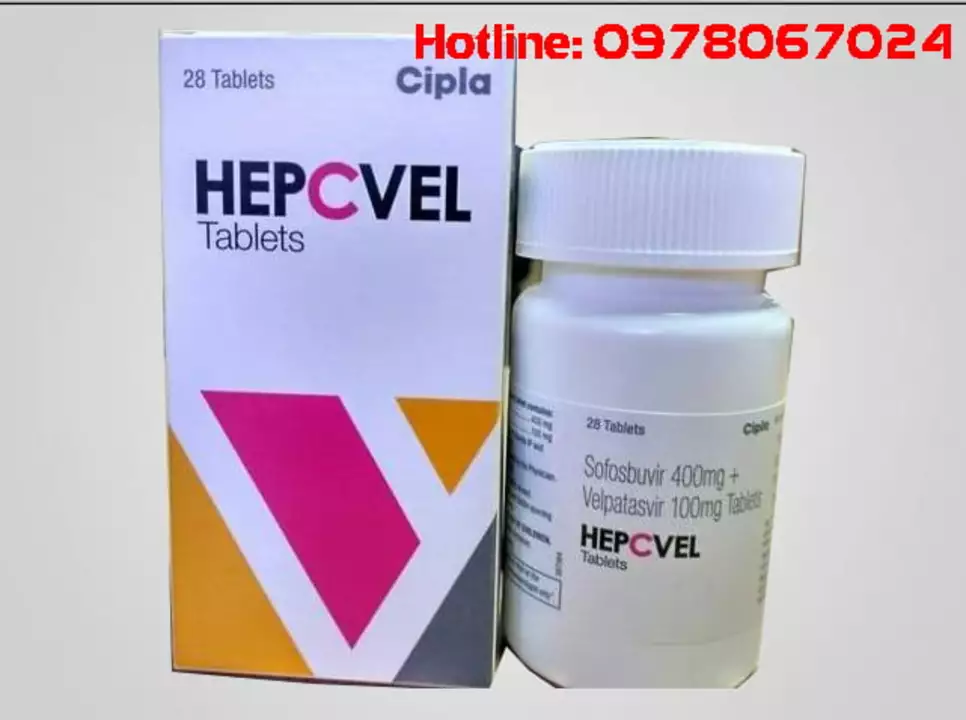Hepatitis C treatment: what works today and how to start
If you have hepatitis C (HCV) or think you might, the good news is treatment now cures most people. Modern drugs called direct-acting antivirals (DAAs) can clear the virus in over 95% of cases with an 8–12 week course for many patients. This page explains testing, treatment choices, what to expect on therapy, and how to find safe, affordable care.
How testing and diagnosis work
First step: get tested. Most places start with an HCV antibody test. If that's positive, your clinician will order an HCV RNA (viral load) test to confirm active infection. Your doctor may also check liver blood tests, screen for other infections, and do a liver fibrosis assessment—either a lab score or a noninvasive scan—to see how much liver damage exists.
Genotype testing used to guide therapy, but many DAAs now work across all genotypes. Still, your provider will choose the exact regimen and length based on viral load, fibrosis, other health issues, and any medicines you already take.
Modern treatment options and what they do
DAAs target steps in the HCV lifecycle. Common combinations include sofosbuvir/velpatasvir and glecaprevir/pibrentasvir. These pills are oral, taken once daily or as directed, and don’t use interferon or weekly injections like older therapies did. Side effects are usually mild—fatigue, headache, or nausea—but serious issues are rare.
Treatment length is often 8–12 weeks. People with cirrhosis or prior treatment failure might need 12–24 weeks or a specific combination. Cure is defined as an undetectable viral load 12 weeks after finishing therapy (called SVR12). Achieving SVR12 means the virus is gone and liver inflammation usually falls.
Be careful with drug interactions. Some heart meds, seizure drugs, or herbal supplements can interfere with DAAs. Always tell your provider about prescriptions, over-the-counter meds, and supplements before starting therapy.
If you have advanced liver disease, treatment still helps but you’ll need close follow-up. People who already had cirrhosis must keep liver monitoring even after cure because scar tissue can still cause problems.
Cost and access: branded DAAs can be expensive, but generics and patient assistance programs have improved access in many places. Work with your clinic, insurer, or a pharmacist to find covered options. Avoid unverified online sellers—get medications through licensed pharmacies with a prescription.
Prevention matters. Don’t share needles or personal items that can carry blood. If you’re in a high-risk group, ask about testing regularly. If you’re cured, get vaccinated against hepatitis A and B if you aren’t already—those infections can harm your liver further.
Ready to act? Ask your primary care doctor for an HCV test or seek a hepatologist or infectious disease specialist. Treatment is shorter, safer, and far more successful than it used to be—so testing and care make a real difference.

How Velpatasvir is Revolutionizing the Treatment of Hepatitis C
As a blogger, I'm always on the lookout for breakthroughs in medical treatments, and Velpatasvir is definitely turning heads in the field of Hepatitis C treatment. This incredible drug has been shown to be highly effective in treating various genotypes of the virus, making it a game-changer for patients worldwide. What's even more exciting is that Velpatasvir can be combined with other medications, like Sofosbuvir, to create a powerful, all-oral treatment course with minimal side effects. Not only does this mean that more people can access and benefit from this life-changing treatment, but it also paves the way for a potential cure in the future. I can't wait to see how this revolutionary drug continues to transform the lives of those living with Hepatitis C.
- Health and Wellness (58)
- Drug Information (45)
- Pharmacy Information (19)
- Medical Conditions (17)
- Supplements (4)
- Diabetes (3)
- Travel Health (2)
- Parenting (2)
- Mental Health (2)
- Heart Health (1)
-
Understanding Pharyngeal Mucous Membranes and their Link to Post-Nasal Drip
15 May 2024 -
Sleep Problems and Insomnia Caused by Medications: Practical Tips
16 Dec 2025 -
From ANDA to Shelf: How Generic Drugs Reach Retail Pharmacies
21 Dec 2025 -
The Connection Between Spastic Muscle States and Multiple Sclerosis
6 May 2023 -
How to Track Pediatric Doses with Apps and Dosing Charts
17 Dec 2025

29.04.23
Alistair Mukondiwa
17